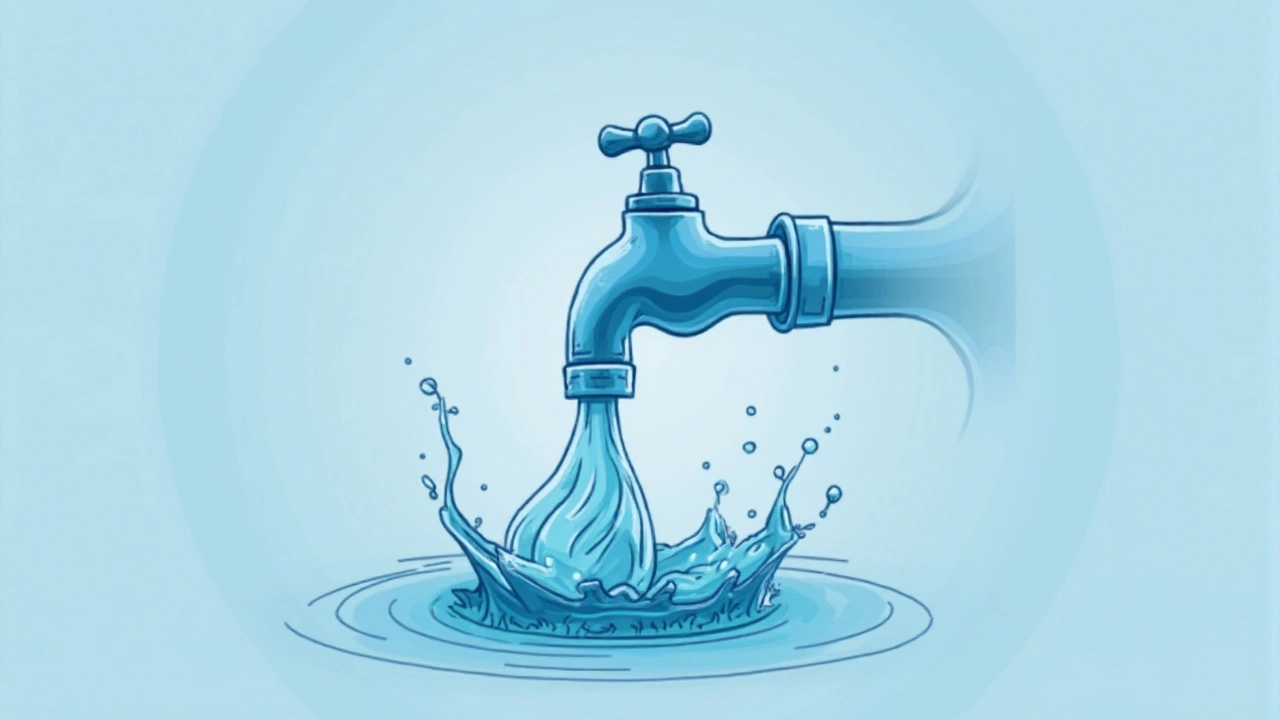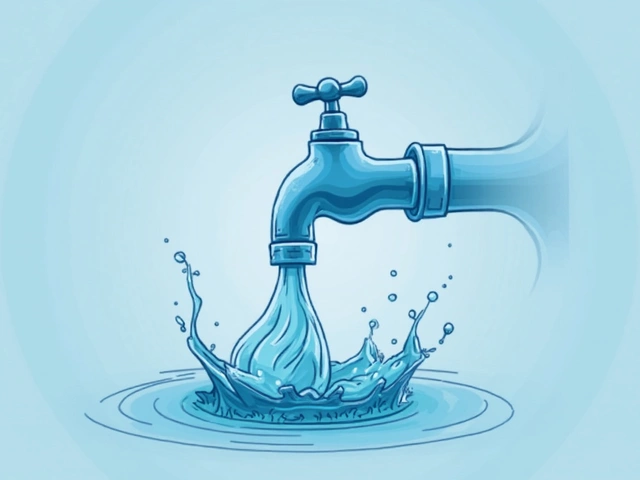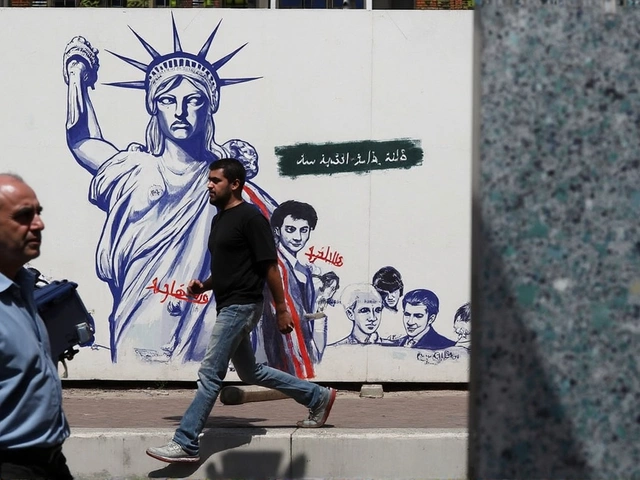Why Thames Water’s Crisis is a Warning Sign for the Whole UK Water Sector
If you live in England, odds are your water bill doesn’t cross your mind daily — until stories like Thames Water’s financial mess break into the headlines. Thames Water, the biggest water provider in the country, is now on the brink of collapse. That’s raising some serious questions about how the UK runs its vital water sector, whether private ownership is working, and what happens if the company actually goes under.
Here’s the kicker: Thames Water is drowning in debt. Years of borrowing, big investor payouts, and not enough money set aside for fixing up aging pipes or stopping sewage spills got them into this hole. Now, if the company can’t make good on its debts, the government could step in under something called the Special Administration Regime — or SAR for short. This regime would put Thames Water under temporary state control.
But don’t be fooled into thinking SAR is a get-out-of-jail-free card. While it might keep the taps running, it’s got everyone — from pension trustees to bill payers — worried. After all, if taxpayers end up footing the bill, or if prices go up, someone has to pay for the mess.
Regulation, Investor Worries, and the "Doom Loop"
This isn’t just a Thames Water problem. The rest of the UK’s water sector is tangled up in a regulatory doom loop. It works like this: tighter regulations force companies to fix pollution and leaks — a good thing. But they’re already so buried in debt that it’s tough to raise new money. Investors don’t want to touch a sector that looks so risky, so there’s less cash for upgrades, and around and around it goes.
Parliament and industry experts are warning that this cycle could keep repeating. SAR is supposed to be a last-resort hammer, not the first solution. But with company finances getting shakier and investor confidence dropping, the government faces tough calls. One option is to throw a temporary loan at troubled water firms, but critics say that just delays fixing deeper problems and might still end up costing ratepayers down the line.
What’s making things worse? The sector’s record of sending out big shareholder dividends without delivering on promises to stop sewage overflows or upgrade infrastructure. Customers see leaks, pollution fines, and growing bills, but little proof that money is being well spent.
Jon Cunliffe, once a top official at the Bank of England, has been asked to dig into the mess and suggest fixes. He’s leading an independent review to figure out why accountability keeps slipping through the cracks, why dividends aren’t always matched by good public service, and how the whole setup can change gears. Expect his findings by mid-2025, but the industry’s already holding its breath.
Cunliffe is looking closely at the connection between what companies pay out to investors and how well they clean up after themselves, especially when it comes to raw sewage leaks. Some of his early hints suggest rules could get tighter, with companies forced to prove they’re actually maintaining their pipes and rivers before paying big bonuses to shareholders.
Meanwhile, a new Independent Water Commission is reviewing the rules for SAR — aiming to make it more transparent, less costly, and less likely to let big players off the hook. While everyone wants market money to fix the sector, hesitation among investors and years of underfunded repairs are catching up fast.
The water sector’s not out of the woods. As Thames Water’s future hangs in the balance, industry watchers say bold moves and real reforms are needed if the UK’s taps are going to keep flowing reliably — and if customers aren’t left holding the bag for decades of bad decisions.








Write a comment